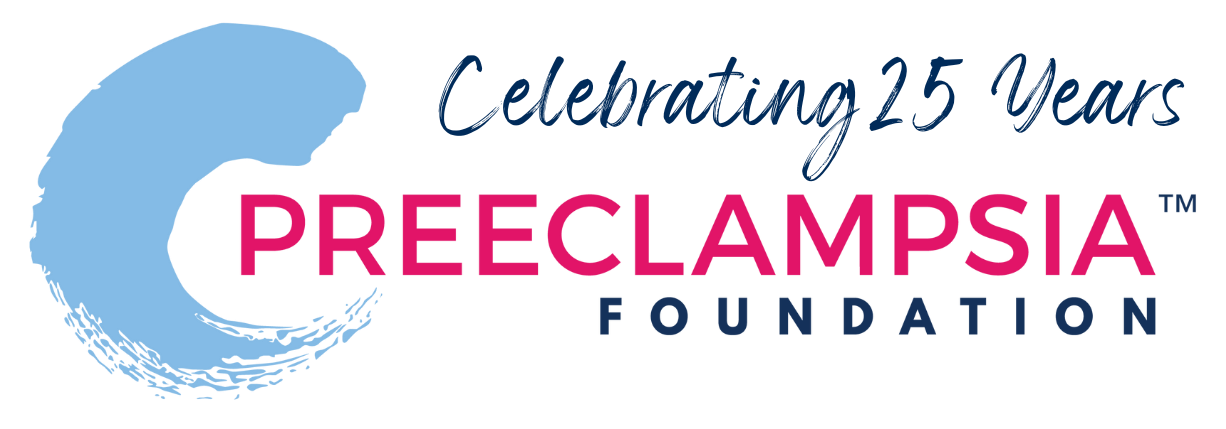POLICY
Joint Commission releases new requirements for hospitals when caring for women with preeclampsia and severe hypertension
The Joint Commission
The Joint Commission is an organization that accredits and certifies health care organizations, including hospitals. This month, the Joint Commission released new maternal care safety standards for management of patients with severe hypertension and preeclampsia. Taking effect in July 2020, the new standards now require the 80% of US hospitals that are accredited by the Joint Commission to develop procedures to measure and remeasure high blood pressure, educate patients on the signs and symptoms of preeclampsia, and develop written procedures for managing pregnant and postpartum patients with preeclampsia and severe hypertension. Most recent standards are here.
TREATMENT
Study shows the long-term rewards of applying research results to clinical management of preeclampsia
Ultrasound in Obstetrics & Gynecology
The HYPITAT-I trial was conducted between 2005-2008 and results showed mothers with preeclampsia at term (37 weeks or more) had better outcomes when they were induced and delivered early rather than “expectantly managed” (meaning, continued in pregnancy and closely monitored by their doctors). Authors of this paper wanted to study whether pregnancy outcomes of mothers with preeclampsia improved after these study results were reported. Comparing outcomes in over 2 million women from the Dutch National Perinatal Registry before (2000-2005) and after (2008-2014) when the results of the HYPITAT-I study were published, researchers indeed found an increase in induction of labor in patients with hypertensive disorders of pregnancy, which coincided with a decrease in maternal mortality and placental abruption. The study also found an increased rate of emergent C-sections in both the normotensive group and the group with hypertensive disorders of pregnancy after the HYPITAT-I results were published; although the normotensive group had a larger increase when compared to the hypertensive group. Unfortunately, this study did not measure patient satisfaction with this approach. These results from the Netherlands show how results from a research study can improve the clinical outcomes of patients with preeclampsia. Read the original article here.
TREATMENT
Planned early delivery may improve maternal outcomes over expectant management in women with late preterm preeclampsia
The Lancet
In a study very similar to the HYPITAT-I trial, the PHOENIX study tested whether planned early delivery was better for mothers with preeclampsia and their babies compared to expectant management. While HYPITAT-I studied women with term preeclampsia, the PHOENIX study enrolled 901 women with preterm preeclampsia (diagnosed between 34 and 37 weeks gestation) across 46 health care facilities in England and Wales and studied whether maternal morbidity was different between the early delivery and expectant management groups. Morbidity was measured as a composite outcome with any of the following:eclampsia; cardiorespiratory dysfunction; transfusion of any blood product or low platelet count; liver or kidney dysfunction; or placental abruption. Researchers found that patients randomized to planned early delivery had reduced maternal morbidity, and while infants in the early delivery group were more likely to be admitted to the Neonatal Intensive Care Unit for prematurity, these babies did not have significantly greater morbidity than babies from mothers expectantly managed. Read the original article here.
PREDICTION
Using machine learning to predict preeclampsia
PLOS One
In this study, researchers wanted to create algorithms to predict preeclampsia using machine learning and electronic medical record data. From the medical records of 11,000 Korean women receiving prenatal care at Yonsei University Hospital, results showed systolic blood pressure, blood urea nitrogen levels, blood creatinine levels, platelet counts, blood potassium levels, white blood cell count, blood calcium levels, and urinary protein were the most important variables in their model to predict preeclampsia. Combining these factors, researchers were able to predict preeclampsia with 97% accuracy and a very low false positive rate. Next steps for this algorithm are to test it in other patient populations. Read the original article here.
About Dr. Elizabeth Sutton
Research Roundup Editor
Dr. Elizabeth Sutton is the Research Roundup Editor for the Preeclampsia Foundation, while serving full-time as the Scientific Research Director at Woman's Hospital in Baton Rouge, Louisiana. Dr. Sutton is a preeclampsia survivor and researcher with a PhD in Molecular and Developmental Biology from Louisiana State University. Her research efforts are focused on the short and long-term cardiovascular and metabolic consequences of preeclampsia in mothers and their children. Her work has been published in numerous scientific journals including Cell Metabolism, Obstetrics & Gynecology, Diabetes, and the American Journal of Physiology. Dr. Sutton is dedicating her life's work to the study of preeclampsia and the dissemination of health education to preeclampsia survivors to honor her resilient daughter, Willow (born at 35 weeks from preeclampsia with severe features in 2017).











